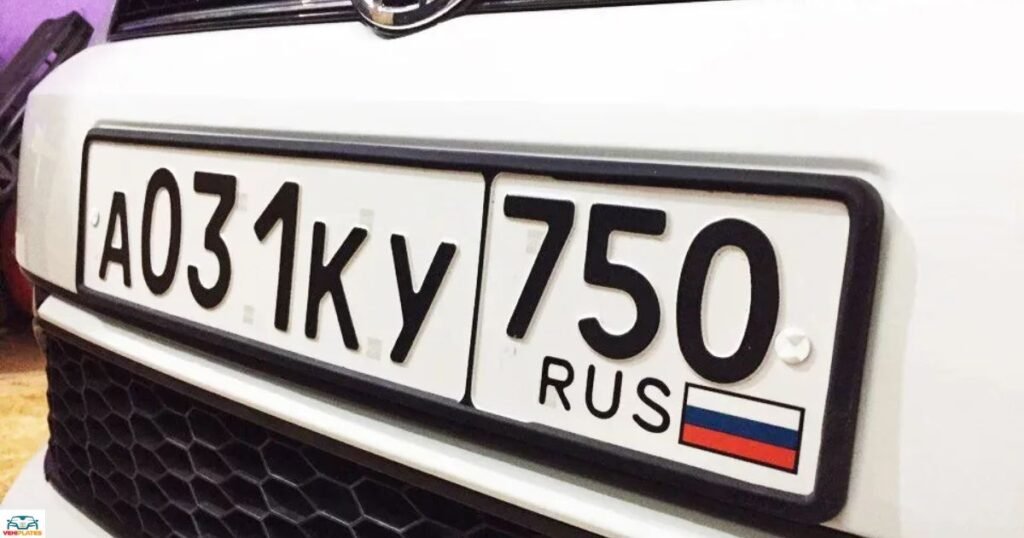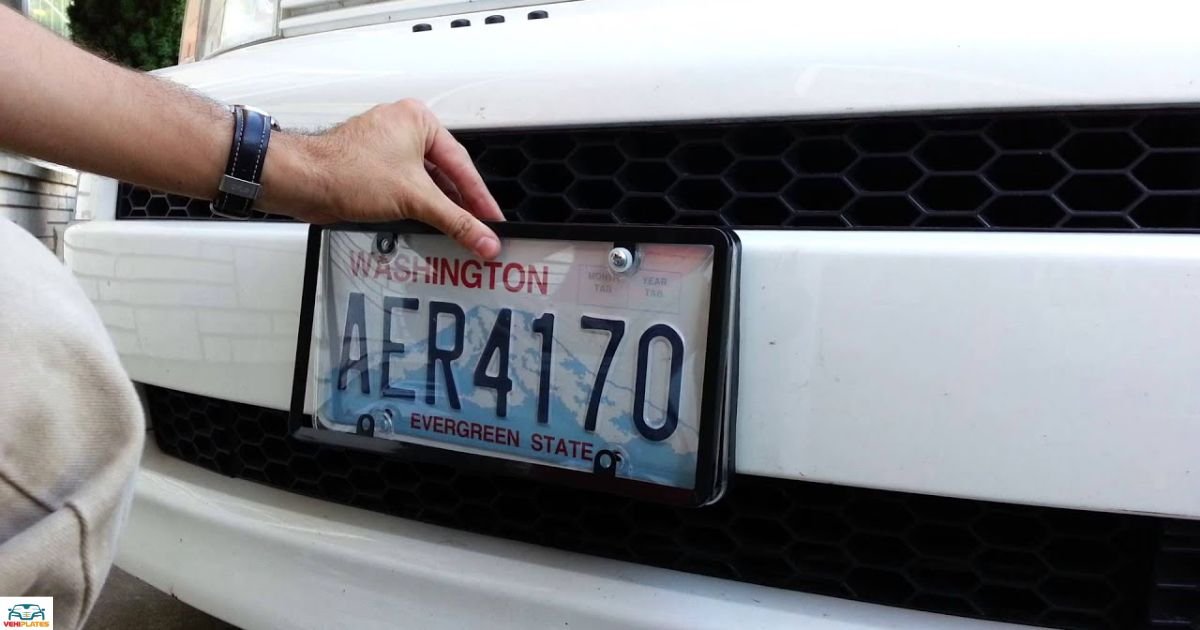License plate tolls, also known as all-electronic tolling (AET) or cashless tolling, are a method of collecting tolls on roads, bridges, and tunnels without the need for traditional toll booths or cash payments.
Vehicles are identified by their license plates, and the toll is automatically charged to the registered owner of the vehicle.
How Does License Plate Tolling Work?
A combination of cameras and sensors is used by license plate tolling systems to take pictures of cars when they pass through a toll station. The license plate number is then scanned by the system using optical character recognition (OCR) technology, which compares it to the registered owner’s account or billing data.
Benefits of License Plate Tolling
License plate tolling offers several benefits over traditional toll collection methods:
Reduced Traffic Congestion
By eliminating the need for vehicles to stop at toll booths, license plate tolling helps to reduce traffic congestion and improve the flow of traffic through toll points.
Improved Efficiency
License plate tolling is more efficient than traditional toll collection methods, as it reduces the need for staffing and maintenance of toll booths.
Enhanced Safety
License plate tolling eliminates the need for vehicles to stop and pay cash at toll booths, reducing the risk of rear-end collisions and other accidents.
Types of License Plate Tolling Systems

There are two main types of license plate tolling systems:
Pay-by-Plate
In a pay-by-plate system, the registered owner of the vehicle is billed directly for the toll based on their license plate number. This system is often used for occasional or infrequent users of a toll road or facility.
Transponder-Based
Transponder-based systems automatically deduct the toll from the car owner’s account using electronic toll collection (ETC) devices, like E-ZPass or SunPass. In the event that a car lacks a working transponder, the system will nonetheless record the license plate and charge the registered owner.
Advantages of License Plate Tolling
License plate tolling offers several advantages over traditional toll collection methods:
Reduced Infrastructure Costs
License plate tolling greatly decreases the expenses of constructing and operating toll facilities by eliminating the requirement for toll booths and the related infrastructure, while also streamlining processes such as enforcement and compliance, as seen in cases like ‘What Is A Regulation Z License Plate?’
Increased Revenue Collection
By requiring all vehicles, regardless of whether they have a valid transponder or not, to pay the requisite toll, license plate tolling can help to enhance revenue collection.
Improved Data Collection
The collection of useful data on traffic patterns and vehicle usage that license plate tolling systems can provide enhances planning and decision-making for transportation.
Challenges of License Plate Tolling

| Challenge | Description |
| Accuracy of License Plate Recognition | Critical for system success; errors can lead to incorrect billing or missed tolls |
| Billing and Collection | Complex process; accurate matching of plate numbers to owners is essential |
| Privacy Concerns | Potential privacy implications due to collection and storage of personal data |
| System Maintenance | Regular maintenance required for cameras, sensors, and OCR technology |
| Integration with Existing Systems | Challenges in integrating with other transportation systems for efficiency |
Addressing these challenges effectively is crucial for the successful implementation and operation of license plate tolling systems.
Examples of License Plate Tolling Systems

License plate tolling systems are used in various locations around the world, including:
E-ZPass Express Lanes in the United States
The E-ZPass Express Lanes in the United States use transponder-based tolling. They also use license plate tolling to manage traffic flow and reduce congestion.
Sydney Harbour Bridge and Tunnel in Australia
The Sydney Harbour Bridge and Tunnel in Australia use license plate tolling to collect tolls from vehicles crossing the harbor.
M50 Motorway in Ireland
The M50 Motorway in Ireland uses license plate tolling to collect tolls from vehicles traveling on the motorway. People often wonder, ‘What Happens To License Plates When Car Is Repossessed?’
The Future of License Plate Tolling
It’s conceivable that license plate tolling systems will get increasingly more advanced and effective as technology develops. The following are some possible advancements in license plate tolling in the future:
Improved Accuracy of License Plate Recognition
Advances in artificial intelligence and machine learning may lead to even more accurate license plate recognition technology, reducing the risk of incorrect billing or missed tolls.
Integration with Other Transportation Systems
License plate tolling systems may integrate with other transportation systems. This integration includes public transit and parking management to enhance user experience.
Expansion to Other Types of Vehicles
In the future, we may expand license plate tolling to include other types of vehicles, such as commercial trucks and buses, but currently, we primarily use it for passenger vehicles.
FAQ’s
What are the main benefits of license plate tolling?
License plate tolling offers benefits such as reduced traffic congestion, improved efficiency, and enhanced safety.
How do license plate tolling systems work?
License plate tolling systems use cameras and OCR technology to capture and read license plate numbers for toll collection.
What are the challenges associated with license plate tolling?
Challenges include accuracy of plate recognition, billing complexities, privacy concerns, system maintenance, and integration issues.
Conclusion
A contemporary and effective way to collect tolls on highways, bridges, and tunnels is by license plate tolling. License plate tolling can lessen traffic congestion and boost safety. It can also raise revenue collection by doing away with the requirement for conventional toll booths and cash payments.
License plate tolling offers numerous advantages, making it a preferred choice for transportation authorities globally. It does have drawbacks, such as privacy concerns and inaccuracies in license plate recognition.










